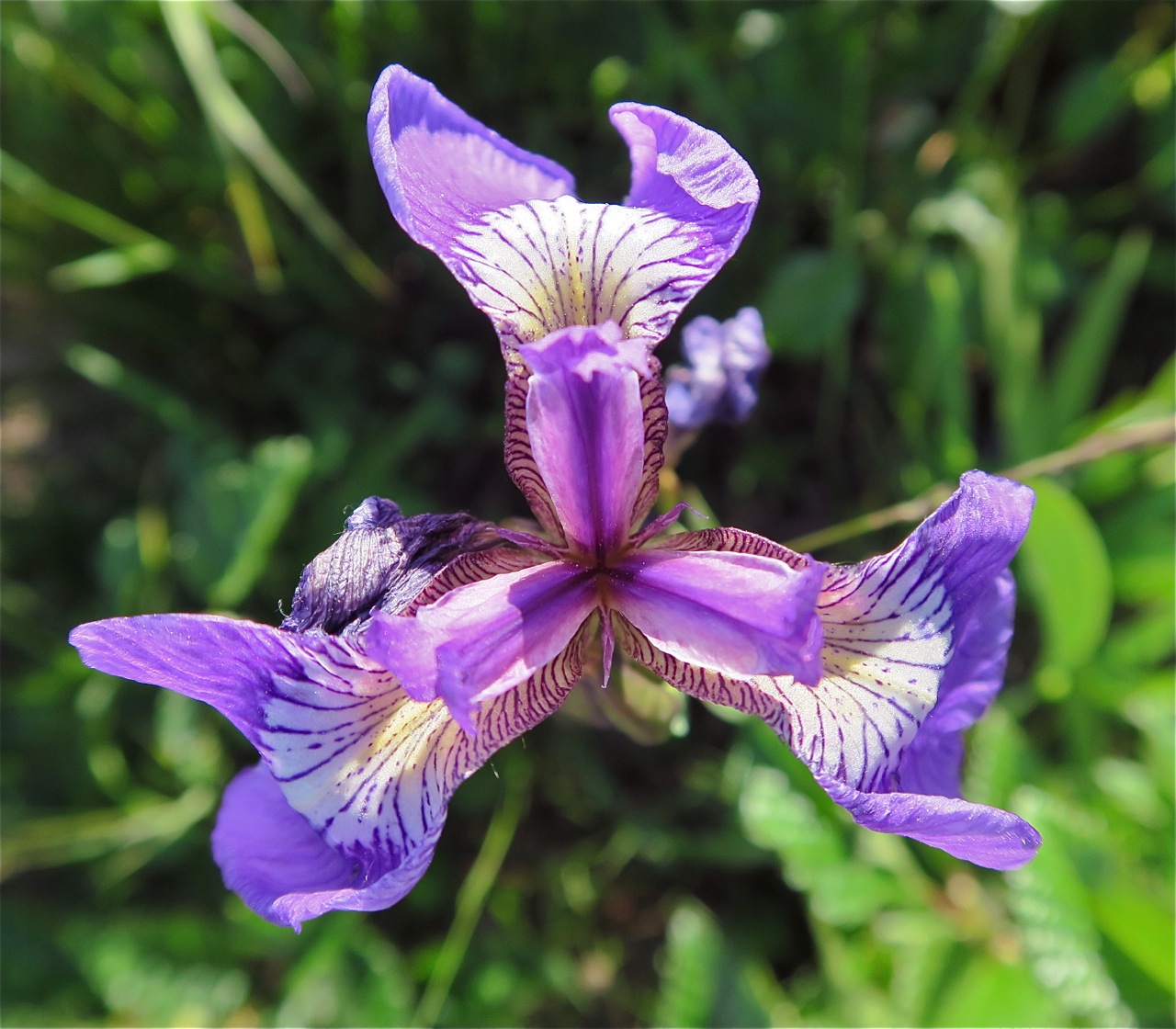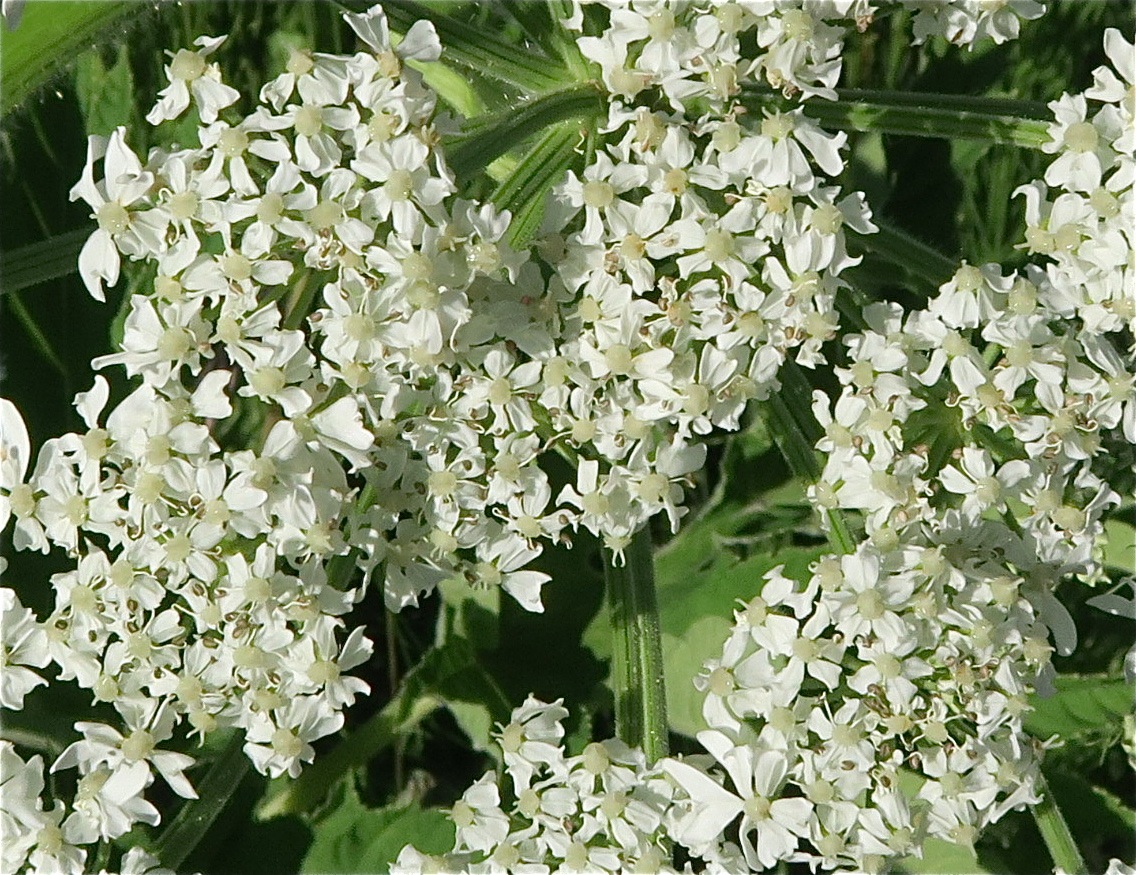“The Heat Is On” & Picture Of The Day
NOAA just released it’s 2016 mid-annual climate report for the United States and Alaska. Some stark red flags appear as the earth continues to warm at anticipated rates based on global warming models. The arctic regions are warming at a much faster rate than other places. Our glaciers are dramatically melting, obvious to most of us who spend time in the Chugach Mountains. Alaska temperatures were an astonishing 10F above normal the past six months!
Unfortunately for Valdez, the NWS closed it’s weather station a few years ago and so we have don’t have the consistent data collection of the past to officially determine where Valdez falls in the heat wave or more importantly daily and monthly temperature averages. But as I’ve mentioned before, Valdez has had some significant anomalies as it relates to snowfall amounts the past five years and it becoming increasingly evident that this is due to our dependence on fossil fuels.
This all comes down to our use of carbon fuels. At every level, including recreation, our use of oil must be minimized at every level. Alaska is ground zero for anthropogenic global warming and only you can help prevent it.
Here are some of the highlights of the REPORT
Alaska: For the first time in its modern climate history, Alaska’s average spring temperature hit 32.0 degrees F, breaking a record set in 1998. A new warm record was also set for the warmest year to date
Alaska had its second warmest May on record with a statewide temperature of 44.0°F, 6.0°F above average and 1.0°F shy of its May record set in 2015.
As was the case through April, Alaska’s year-to-date average temperature through May was record warm. The January-May value of 26.1°F was 10.3°F above the 1925-2000 average and 2.4°F higher than the previous record of 23.7°F set in 1981. The last three January-May periods have been three of the four warmest on record for Alaska.
Many locations in Alaska observed their warmest May on record, some on the heels of their warmest April. Among these locations were Kotzebue, on the northwest coast, which recorded an average 40.6 F (4.8 C), 8.7 F (4.8 C) above normal, and King Salmon, in the southwest, which averaged 49.0 F (9.4 C), 4.8 F (2.7 C) above normal.
While Alaska bakes, the wild flowers are in full bloom. Had a chance to test out my new Canon G7X on some close-ups.
Duck Flats Iris

Even the pesky Cow’s Parsnip shows intricate beauty upon close inspection.

